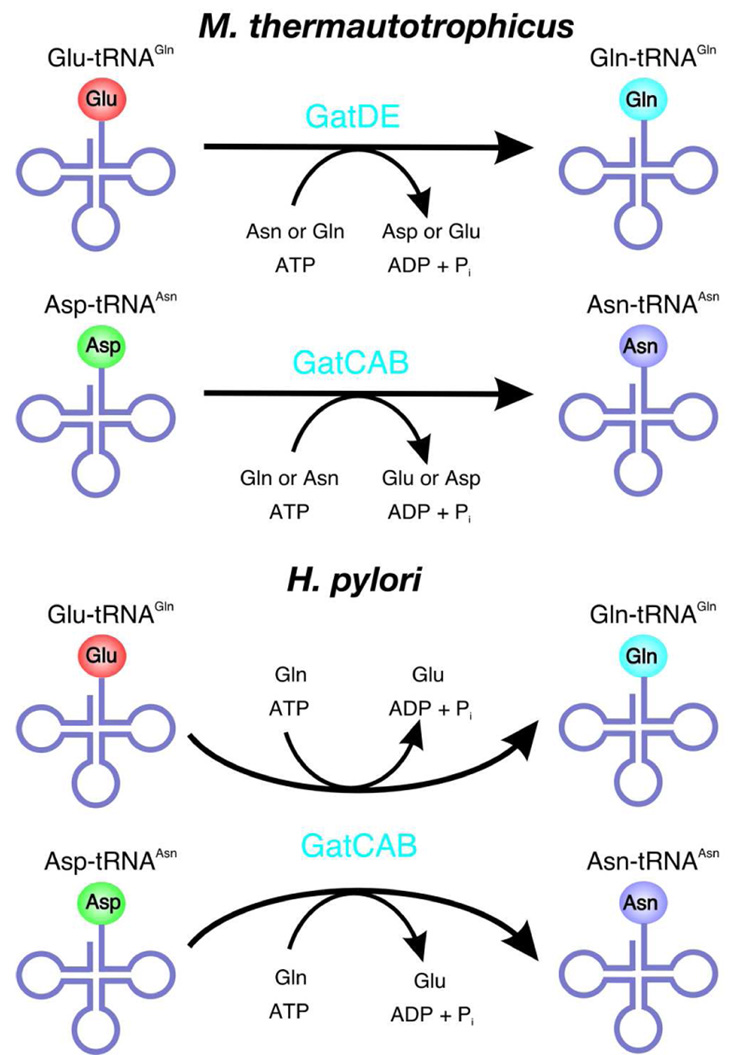Figure 5. In the archaeon, M. thermautotrophicus, there is a separate Glu-AdT, GatDE, and Asp-AdT, GatCAB, while in Bacteria like H. pylori a single AdT, GatCAB, serves both functions.

In M. thermautotrophicus, which lacks a GlnRS and an AsnRS, GatDE transamidates Glu-tRNAGln to Gln-tRNAGln while GatCAB catalyzes Asn-tRNAAsn formation from Asp-tRNAAsn. GatDE is slightly more efficient using Asn as an amide donor while the archaeal GatCAB has a slight preference for Gln over Asn. In H. pylori, which also lacks the two aaRSs, on the other hand employs just GatCAB as both a Glu-AdT and an Asp-AdT to form both amide aa-tRNA species. The H. pylori GatCAB is significantly more efficient using Gln as an amide donor than Asn.3
